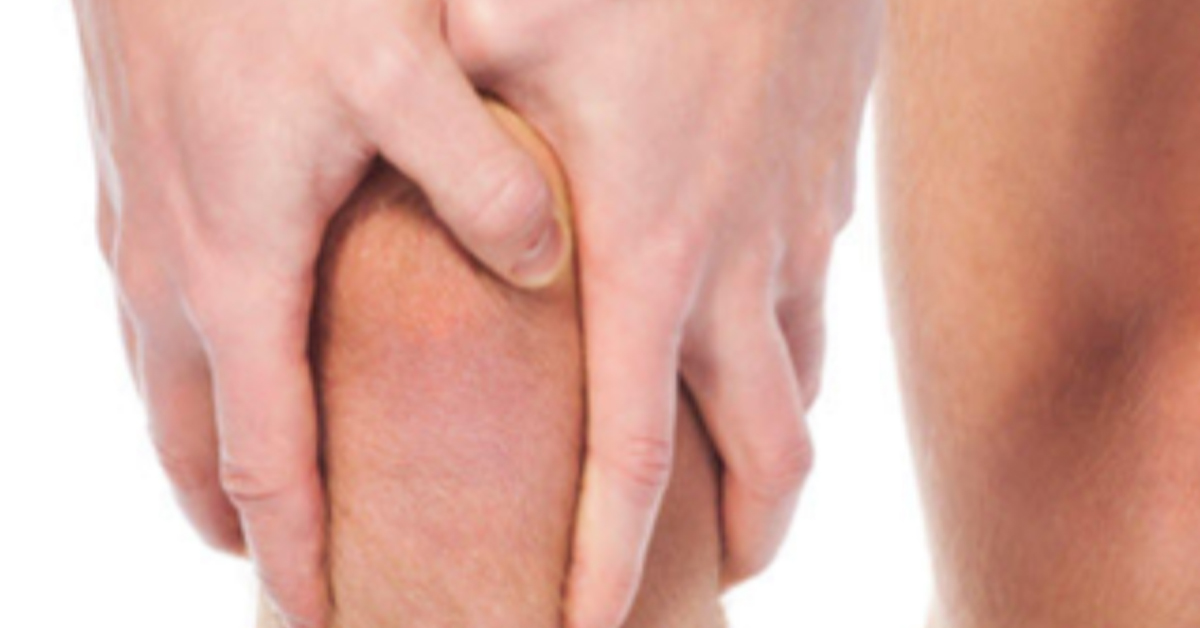
6 Things to Know About a Torn Meniscus
6 Things to Know About a Torn Meniscus
Your meniscus protects your knee joint.
Certain knee injuries can cause a meniscus tear. The meniscus is cartilage in the knee joint. You have two in each knee. They provide protection and cushioning that keeps the bones in the joint from rubbing together. Here’s what happens when you have a torn meniscus, what it feels like, and what to do about it.
1. A meniscus tear is an equal-opportunity injury.
Anyone can tear a meniscus. However, people who play sports are more at risk. That’s because sports often involve quick movements and contact. Twisting the knee the wrong way can result in a meniscal tear. This sometimes happens to older people with normal day-to-day activities because cartilage in the knee can weaken as you age. About 70 to 80% of people who tear their meniscus are male. Most tears occur in the right knee.
2. Pain and swelling are common symptoms of a torn meniscus.
You’ll most likely know if you have a torn meniscus. People usually feel pain, but can still walk. Sometimes swelling also occurs and it may get worse over time. You also might feel your knee getting stiffer. Some people feel like their knee is weak or gives way easily at times. See your doctor as soon as possible if you have any of these knee symptoms.
3. Doctors sometimes make a “snap” diagnosis.
Your doctor has many ways to tell if you have a torn meniscus. One of the best ways is the McMurray test. You will lie on your back and your doctor will bend and straighten your knee. With a torn meniscus, this will cause a snapping sound or pain. You might also have X-rays to rule out other possible causes of knee pain. Sometimes doctors order an MRI to get a good look at the inside of your knee.
4. Surgery isn’t always necessary for a torn meniscus.
A torn meniscus might not require surgery. The outer part of the meniscus sometimes heals itself. This is most likely to happen if the tear in this outer area is small. If this is the case, your doctor may want you to rest and elevate the knee. Also, over-the-counter pain medicine like ibuprofen (Advil, Motrin) can help while the knee heals.
5. Sometimes, a meniscus tear requires surgery.
Sometimes doctors recommend repairing or removing the torn cartilage. Today, doctors usually use arthroscopic surgery to stitch the cartilage back together. This type of surgery uses small incisions, a camera, and special equipment. If the tear cannot be repaired, your doctor might remove just the damaged tissue or remove the entire meniscus. The name for that surgery is meniscectomy. Your doctor can do this operation arthroscopically, too.
6. Rehab is necessary.
No matter what treatment you have, you will need to rehabilitate and strengthen your knee afterwards. If you had surgery, you might need to wear a brace for a while. This keeps the knee stable. Your doctor also might want you to do exercises to strengthen the muscles around your knee. Examples include leg raises, walking in a pool and riding a stationary bike. Some people work with a physical therapist during rehab. Recovery time varies, but people who have a meniscectomy tend to heal faster than those who have the tear repaired.
If you’re experiencing knee pain or suspect you have a meniscus tear, make an appointment to see one of our many specialists at Palmetto Bone and Joint to find out what can be done to fix your pain and get you back to an active lifestyle quicker!
Chapin – 803-941-8095
Newberry – 803-321-6254
Clinton – 864-833-3046



